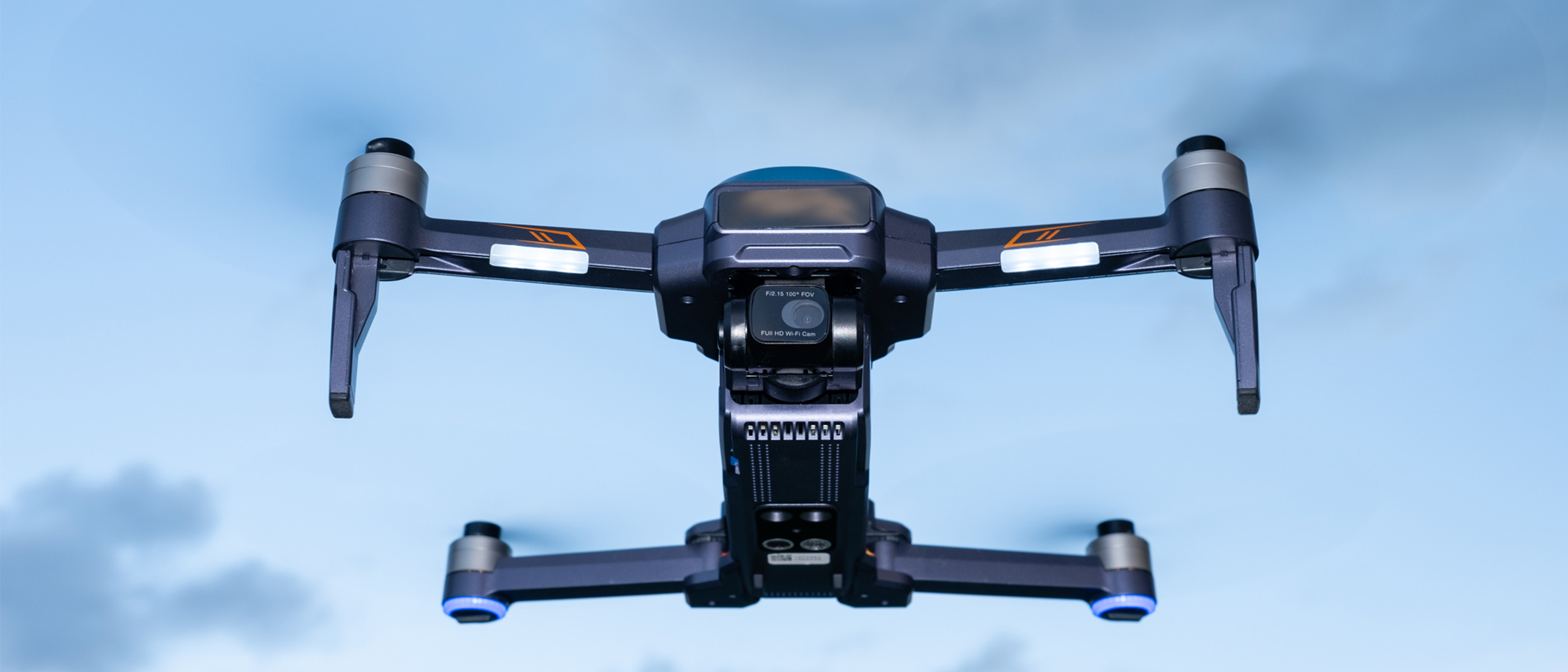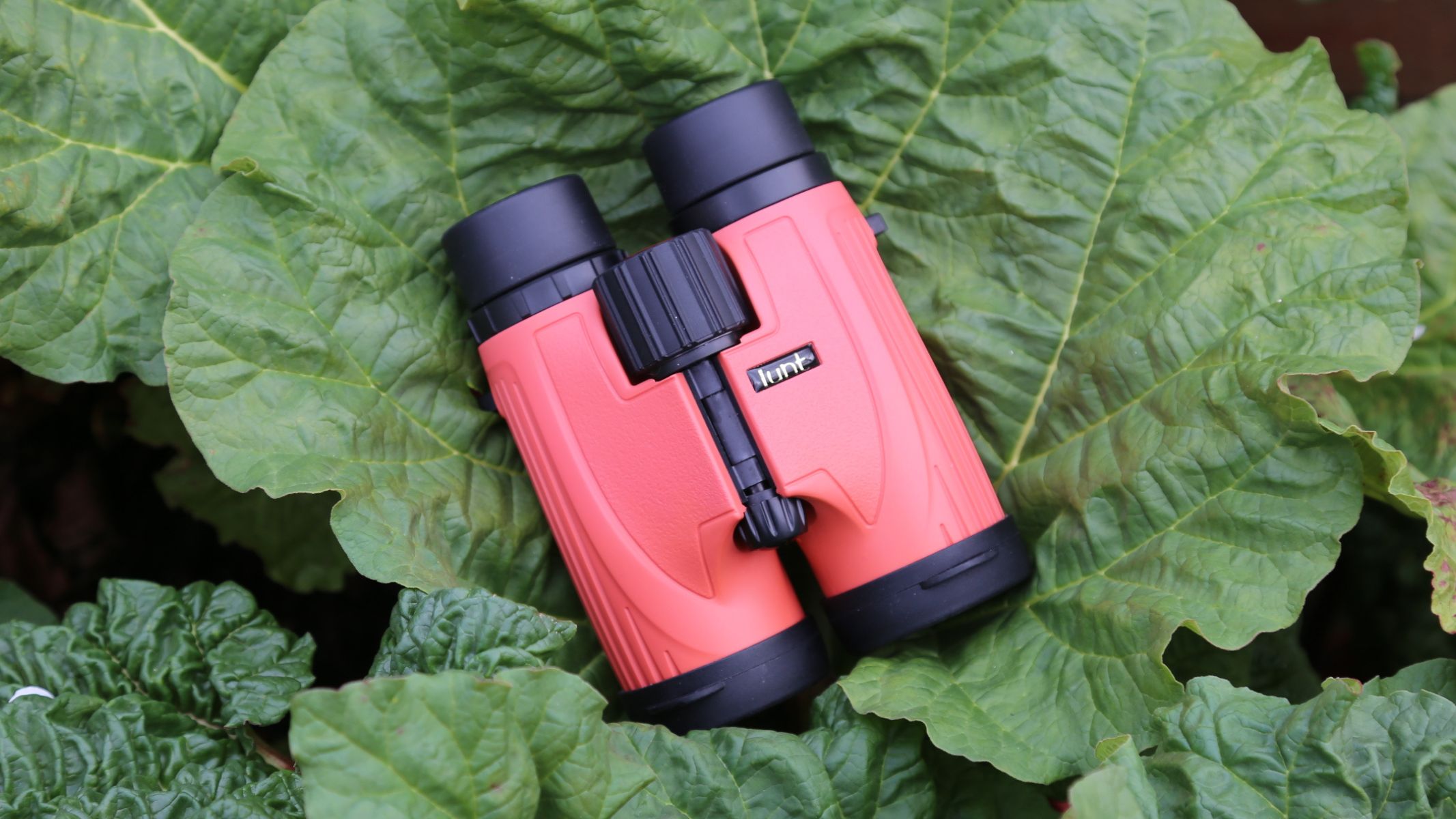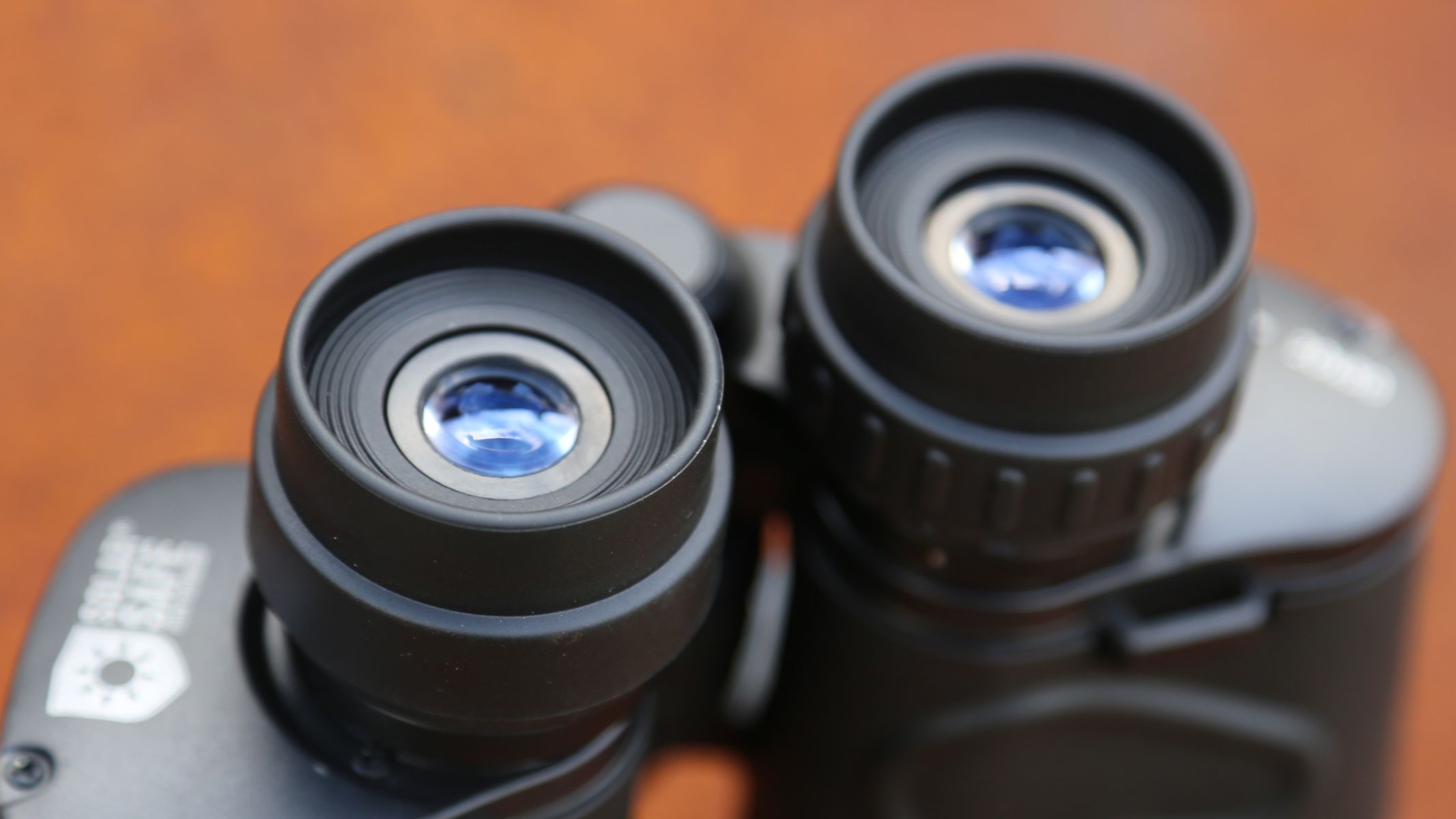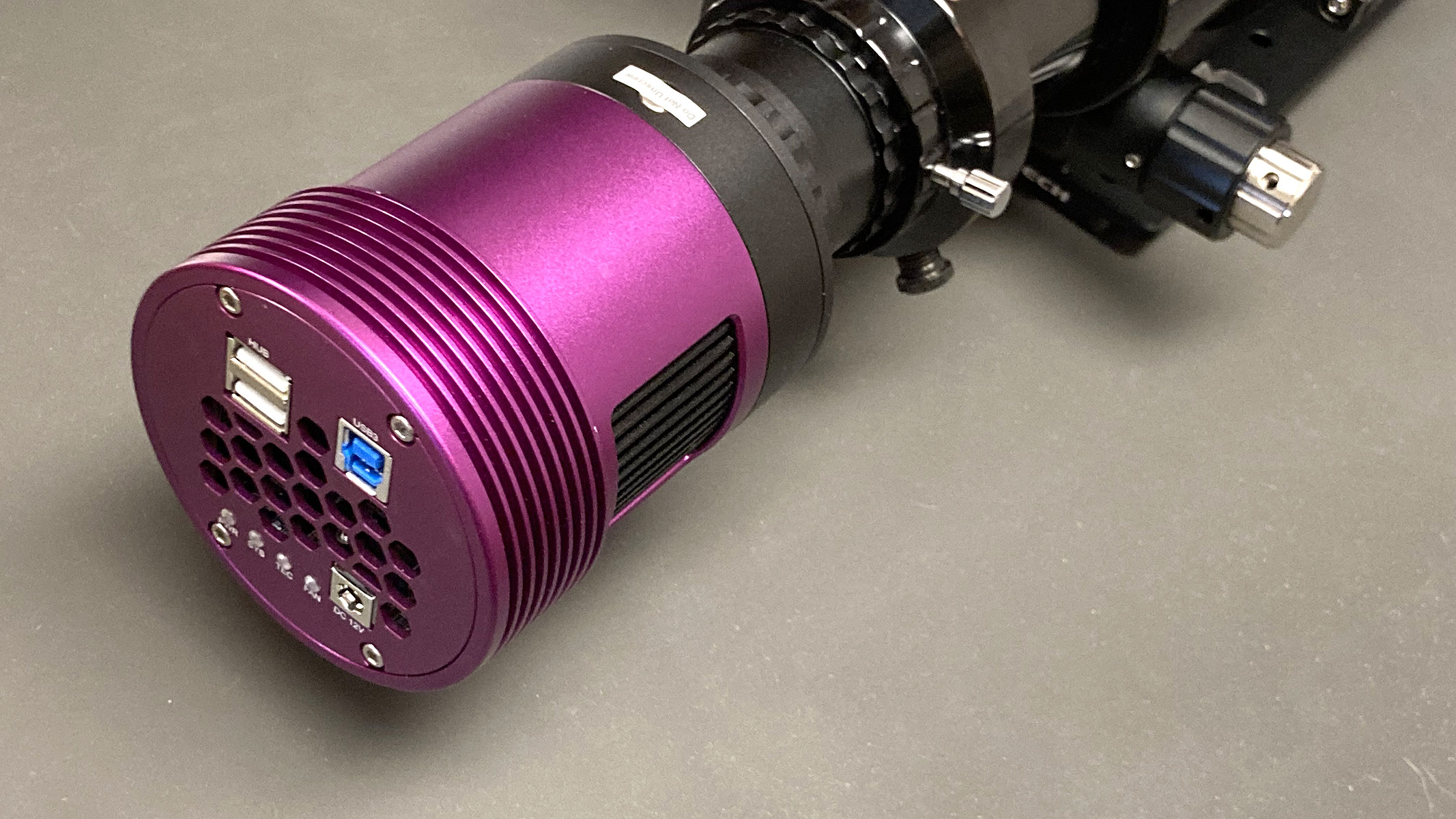Space Verdict
The Ruko Veeniix V11 falls into a tricky price range where it's more expensive than superior drones, but it does offer some useful features alongside impressive flight times.
Pros
- +
Complete kit
- +
Lights on front propeller arms
- +
Easy to use
Cons
- -
Expensive for what it offers
- -
Inconsistent image quality
- -
Struggles in even moderate wind
Why you can trust Space.com
The beginner drone market is one of the toughest, with new models being frequently released that come at a wide variety of price points and differing levels of image quality and flight performance. To say that this section of the market is inconsistent is an understatement and this certainly doesn't make life easy for beginners looking to buy their first drone.
Weight: 19.75 oz / 560 g
Dimensions: Folded 7.5 x 4.1 x 3.2-inches / 190 x 105 x 80 mm / Unfolded 17.7 x 15.9 x 3.2-inches / 450 x 405 x 80 mm
Battery: 2500 mAh Li-ion / up to 35 minutes
Charger type: USB-C cable
Modes: Camera, Normal, Sport
Video transmission range: up to 3 km / 1.86 miles
Video resolution: 4K (stored on microSD) 720p (stored on phone)
Frame rates: 4K 30fps / 720p 30fps
The Ruko Veeniix V11 is one of the most recent models to become available, which looks impressive and comes as a complete kit with everything you need to fly including a landing mat, which is a pretty neat and indeed useful addition. Build quality is also good, and although it's not up to the level of more expensive drones, there's nothing to complain about in this area. So, first impressions and things are looking good overall, with the only eyebrow-raising aspect at this stage being the price of the drone.
With a list price of $630 /£506, the V11 feels more expensive than it should be and is more expensive than superior drones. It puts what's essentially a beginner drone with basic features in the same price bracket as models with more impressive features and better performance overall, which is a tricky place to be when the competition is so fierce.
Ruko Veeniix V11 drone review
Ruko Veeniix V11: Design
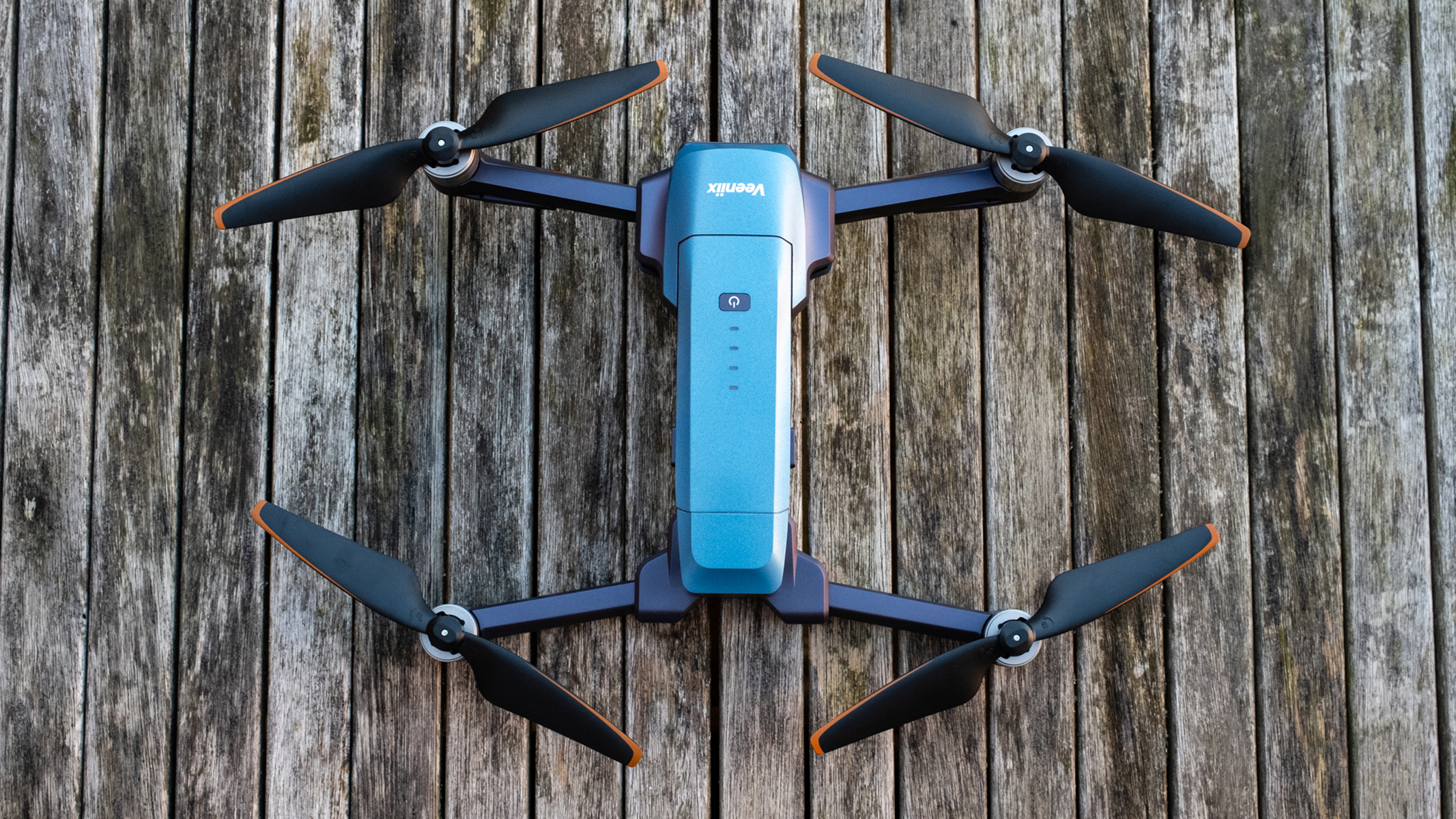
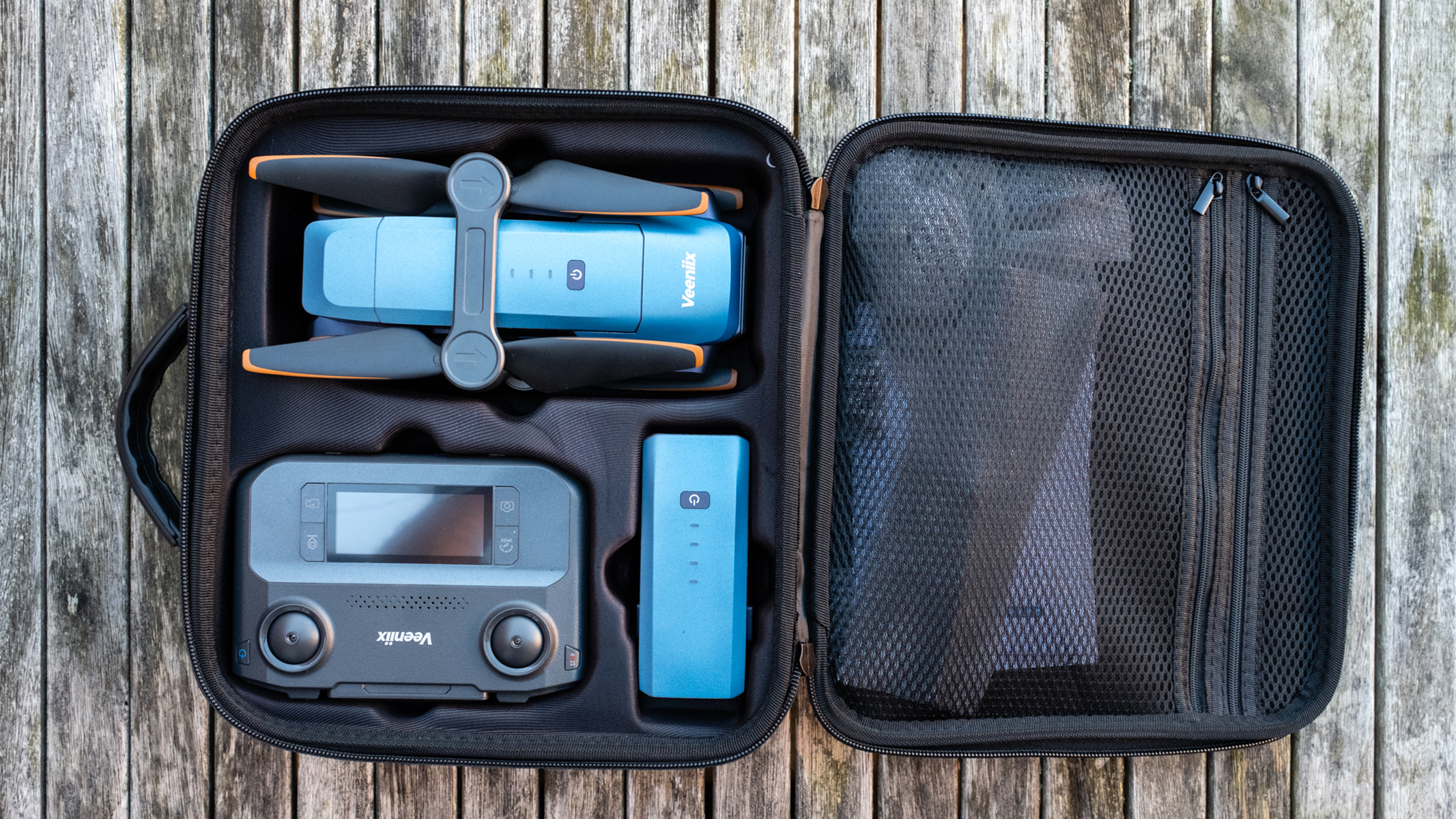
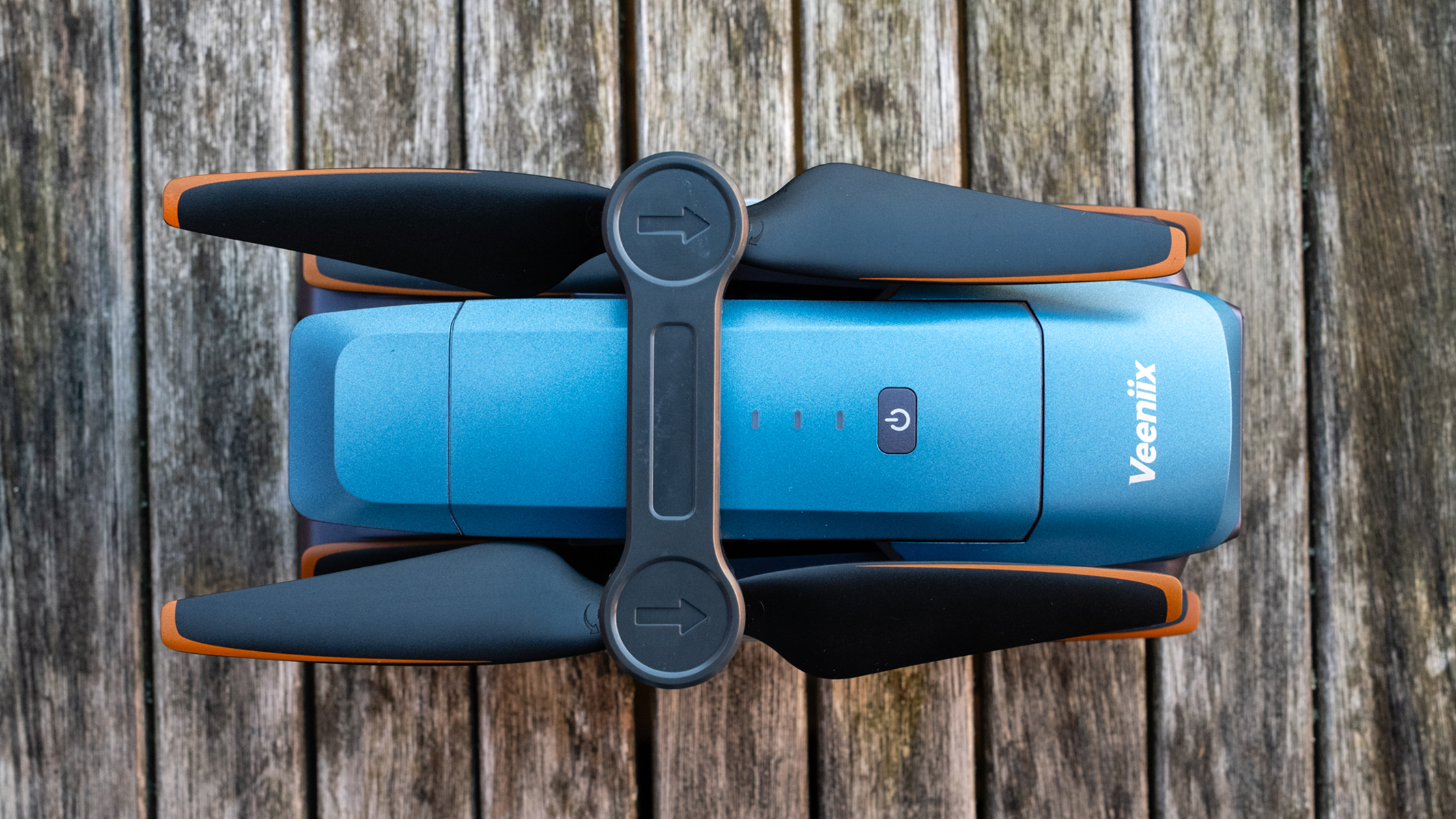
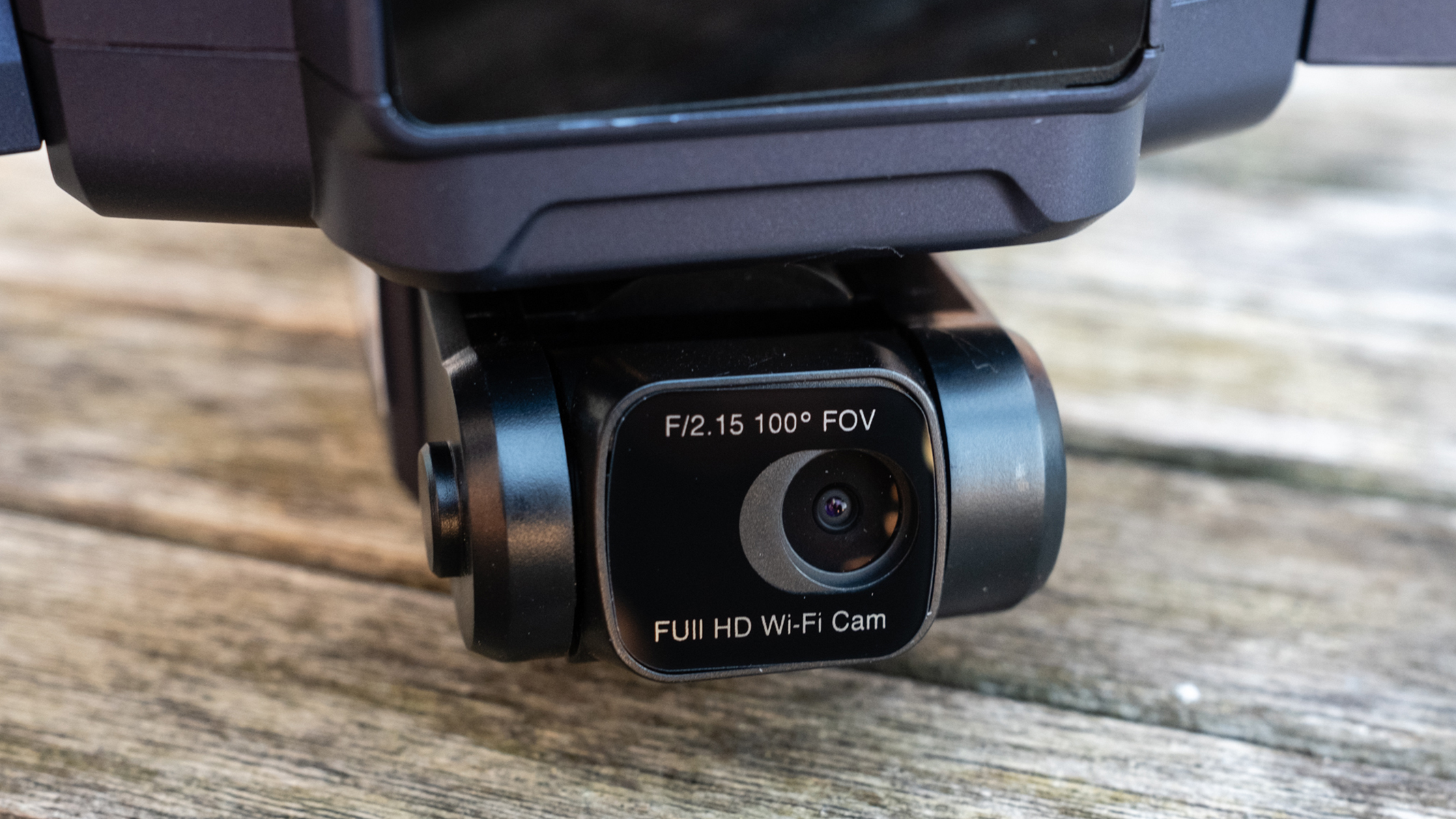
- Folding design
- Lights on front propeller arms
- Well-designed controller
The V11 comes in pleasant blue and purple and features a folding design that makes it more compact for transportation and storage, where the arms fold out horizontally while the large propellers tuck in neatly when the drone is folded. This is a medium-sized drone that weighs 19.75 oz / 560 g, which means it will fall under certain restrictions in some countries, unlike sub-250 g drones, so you will need to be sure to check the rules and regulations where you live to ensure compliance. This shouldn't be a problem for most people because they fly far away from built-up areas.
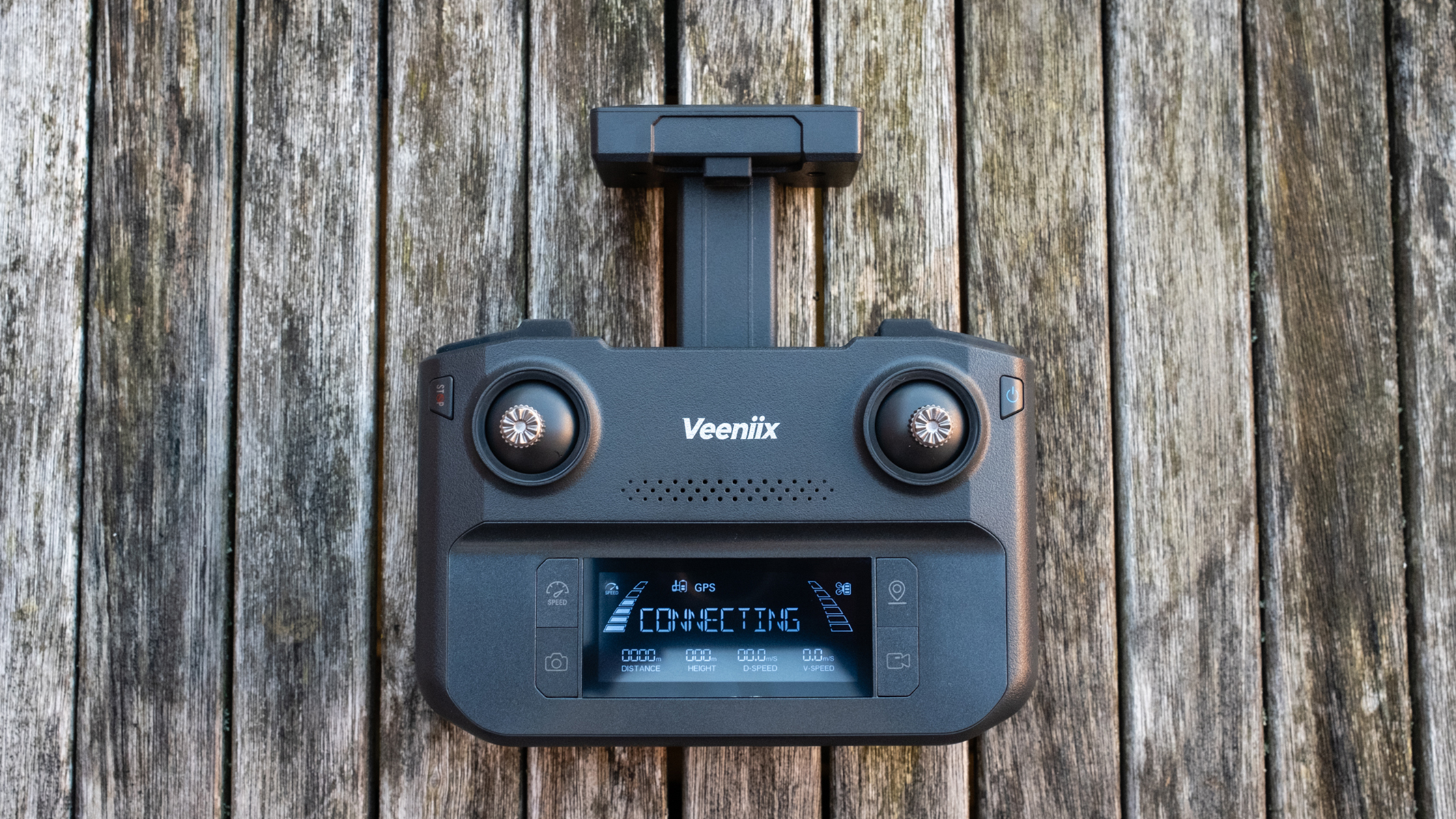
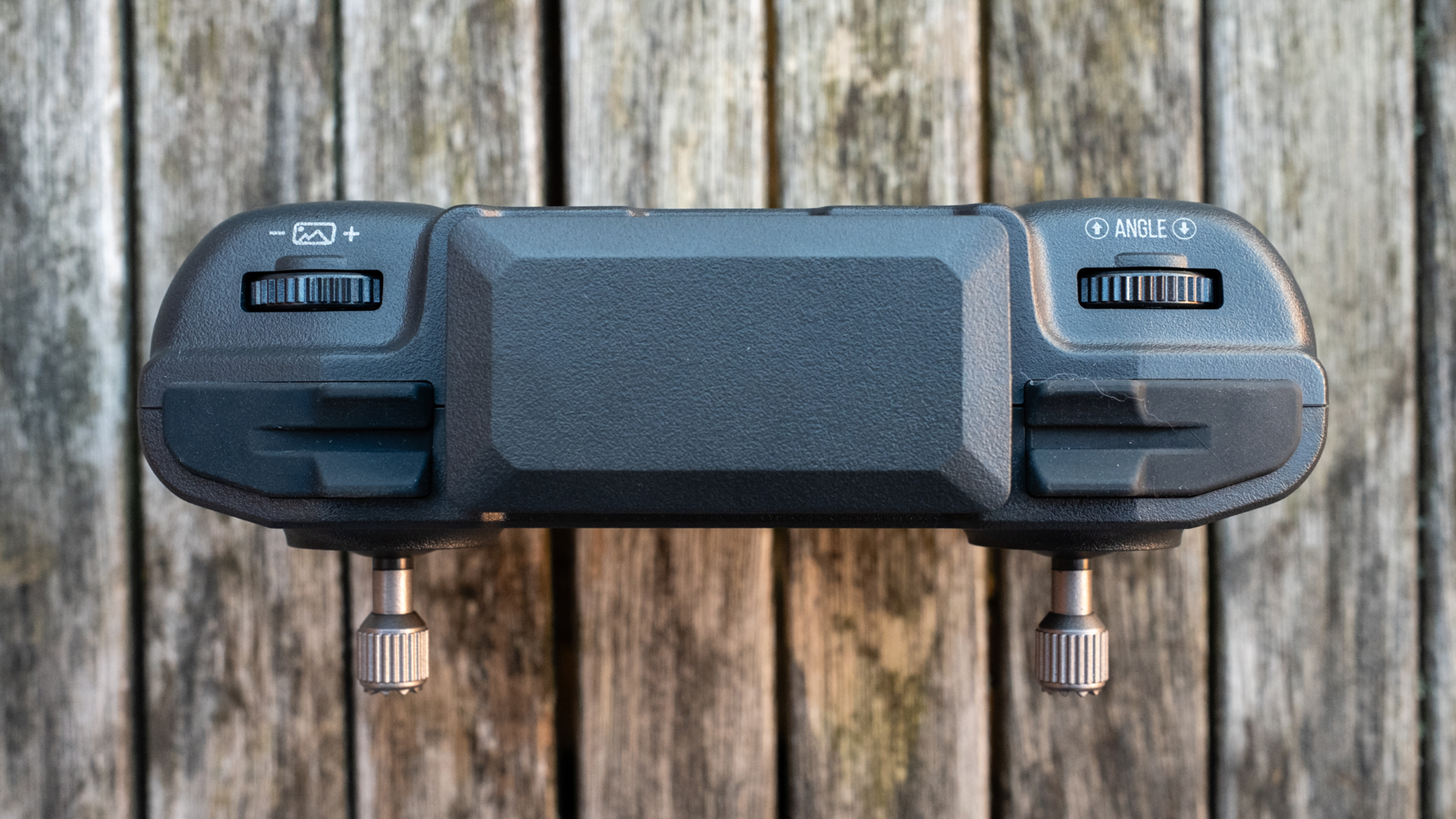
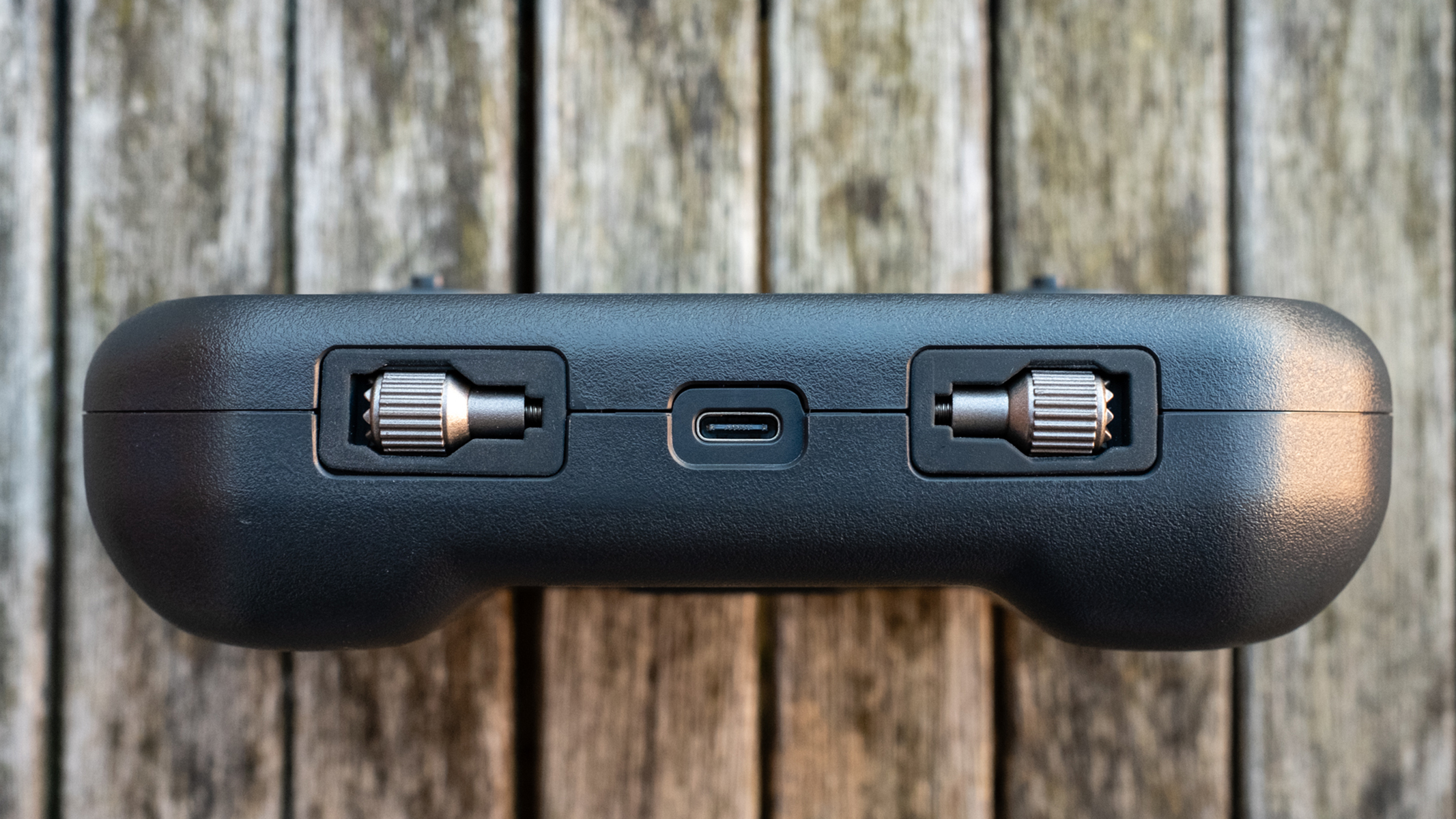
The controller is nicely designed and looks remarkably similar to the DJI RC-N1 controller for DJI drones like the DJI Mavic 3 classic. The V11 controller is almost square and features a telescopic phone holder at the top, and the phone cable can be stowed away within this section when not in use. The control sticks are removable and can be stored in rubberized sections at the bottom of the controller. Aside from the color, the main visual difference between this and the DJI RC-N1 is that the V11 controller features a small screen showing basic flight information with buttons around it for changing settings.
Ruko Veeniix V11: Functionality
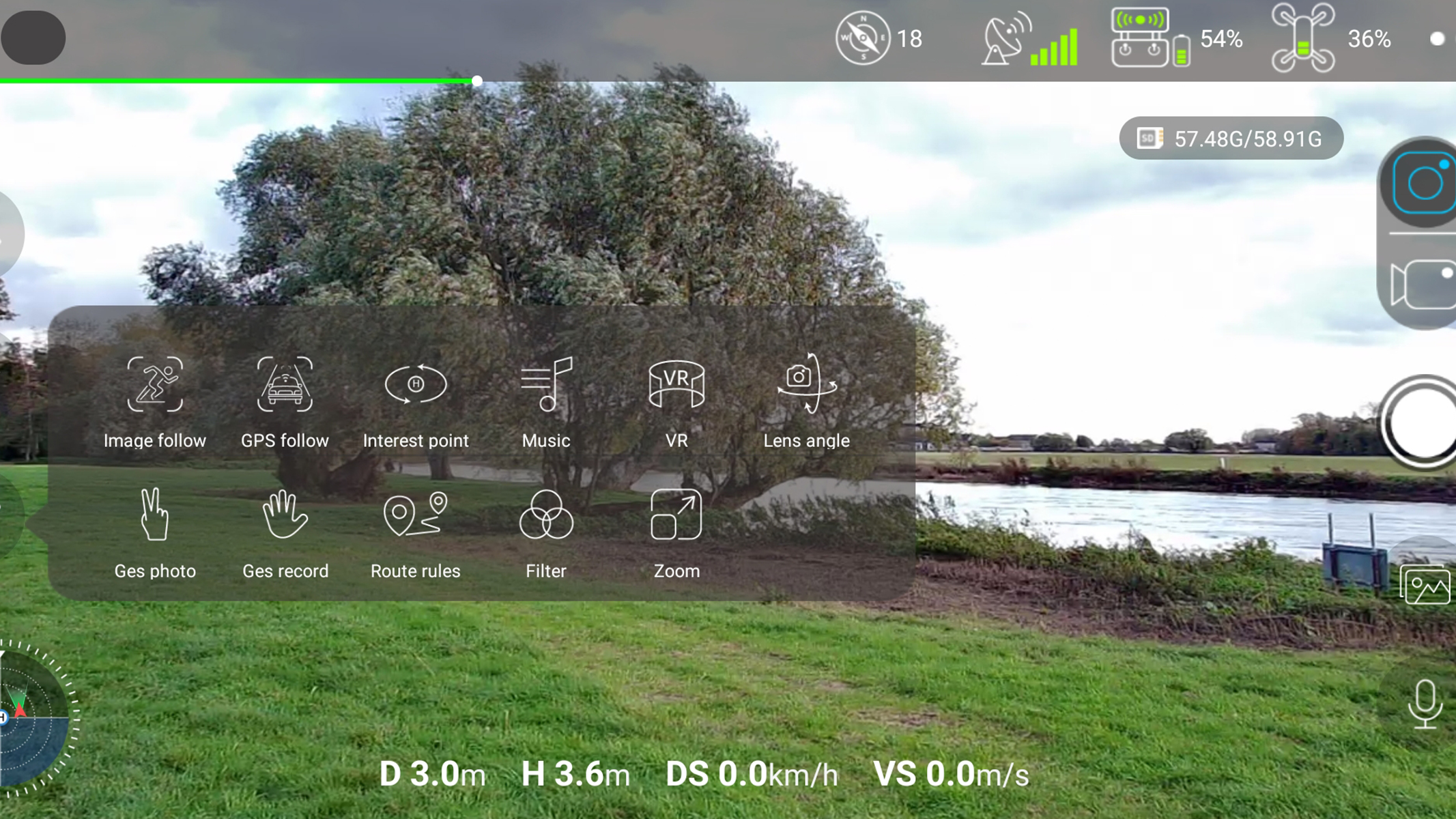
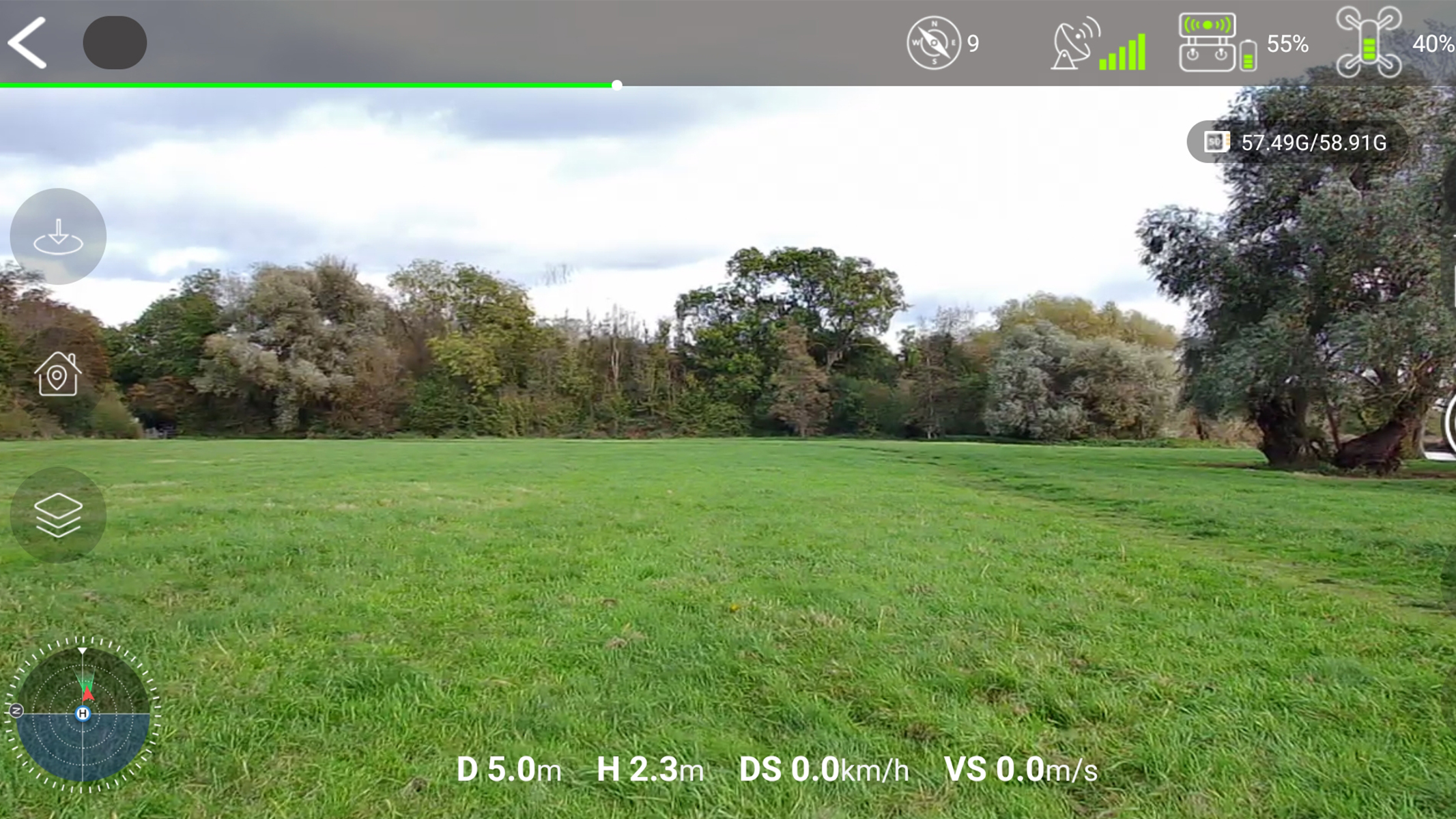
- Ultrasonic and Optical Flow Sensors
- GPS positioning
- Impressive battery life
The V11 controls work well for simple maneuvers but are too sensitive for smooth vertical ascents combined with a spin, for instance. It's also slightly underpowered for a drone of its size and weight, and even in moderate wind it can struggle to fly against the wind and can be easily blown out of flying in a straight line. It's much more suited to calm conditions, despite offering Camera, Normal and Sport Modes where you'd normally expect Sport Mode to be able to cope with moderate wind.
There's no collision avoidance, but safety features are basic and adequate with GPS positioning to hold the drone in position, alongside Ultrasonic and Optical Flow Sensors that detect ground-based obstacles and make the drone gain altitude if something is detected and works best when the drone is hovering. And for U.S.-based users, the V11 is also equipped with an FAA-required Remote ID.
There's also Smart Return to Home, which simply means that you can take control of the drone during Return to Home if there are obstacles. And once the controls are released, the V11 will continue on its path back to the take-off point. Return to Home can be initiated manually or applied automatically when the battery level is low or when the connection between the drone and controller is lost.
A feature that's rare for beginner drones is an auxiliary light on the bottom of the drone to assist the optical flow sensor in low light. Plus, the front propeller arms have lights which make it easy to determine the orientation of the drone when it's in the air, whether in daylight or low light, and this is a great feature.
Beyond this, there are some autonomous flight modes, including Interest point (orbit subject), Route rules (waypoints), Image follow, and GPS follow (subject tracking), amongst others. These all work, but their effectiveness isn't the best and it's fair to say that you'll often achieve more desirable results flying manually.
Batteries are slow to charge via USB-C at around 4.5 hours, but considering that the battery capacity is just 2500 mAh and the size and weight of the V11, flight times are respectable coming in at around 25 minutes in roughly 5°C temperatures. The advertised maximum flight time is 35 minutes so in warmer weather, flight times would likely increase slightly.
Ruko Veeniix V11: Performance
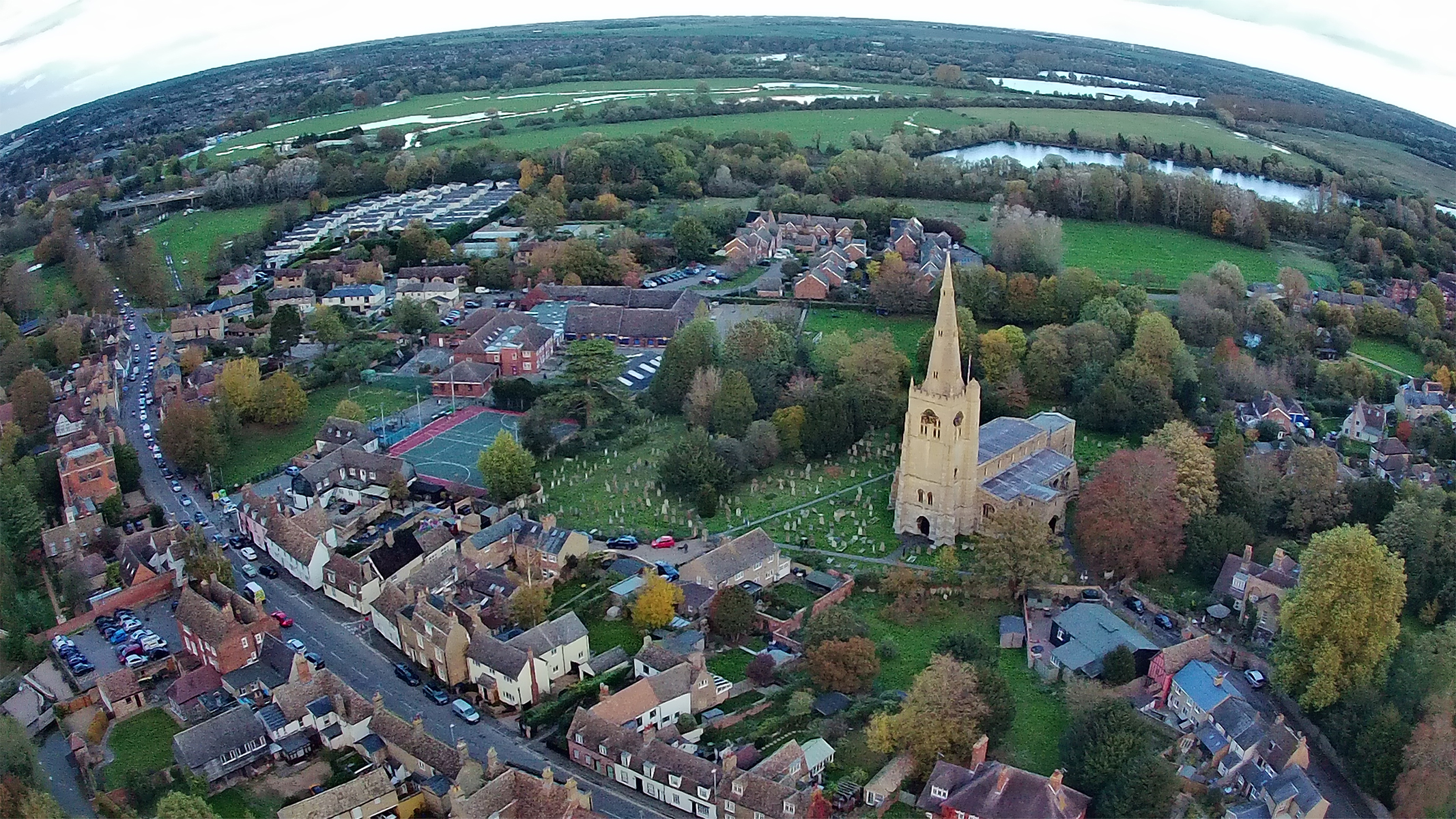
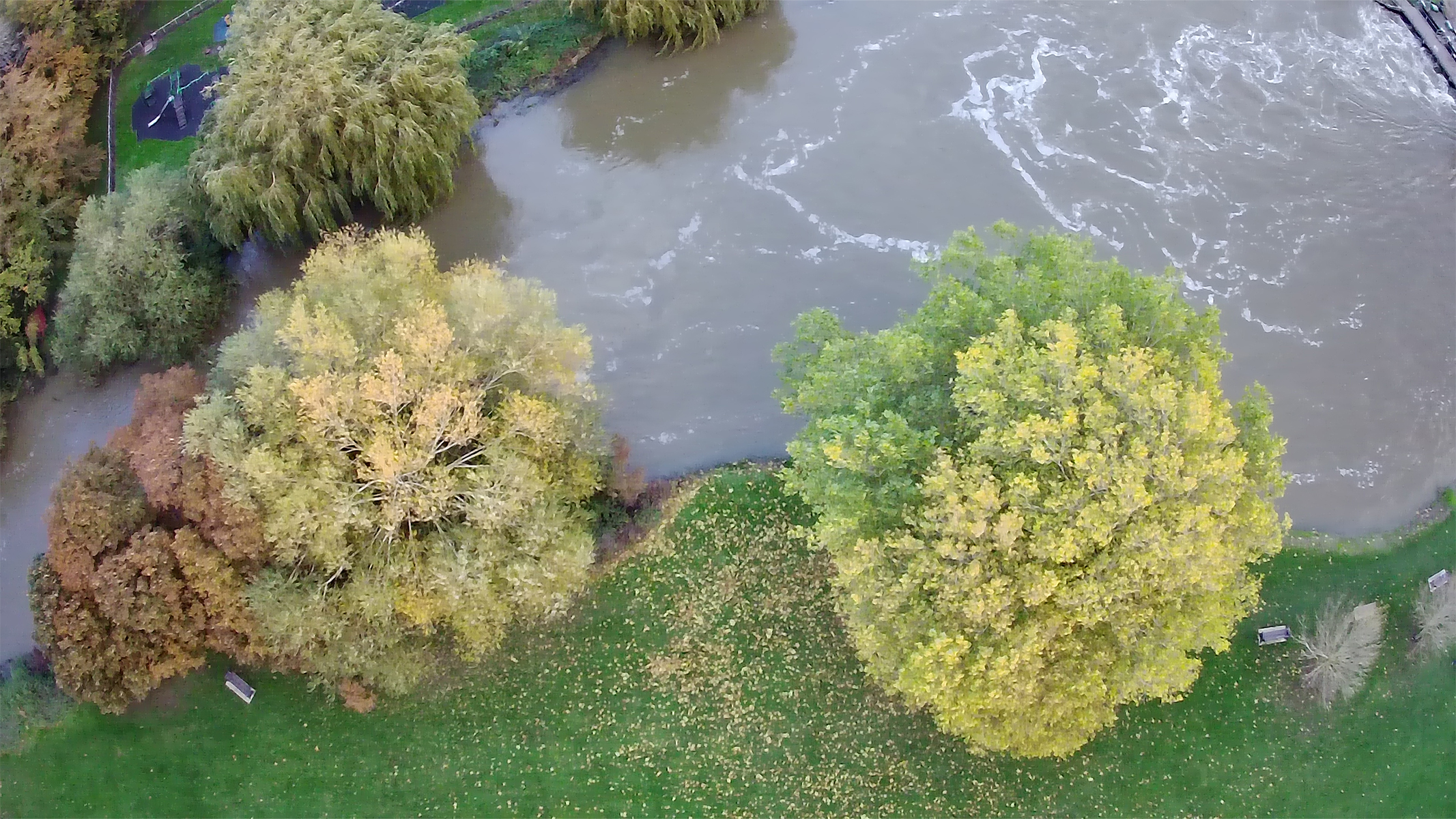
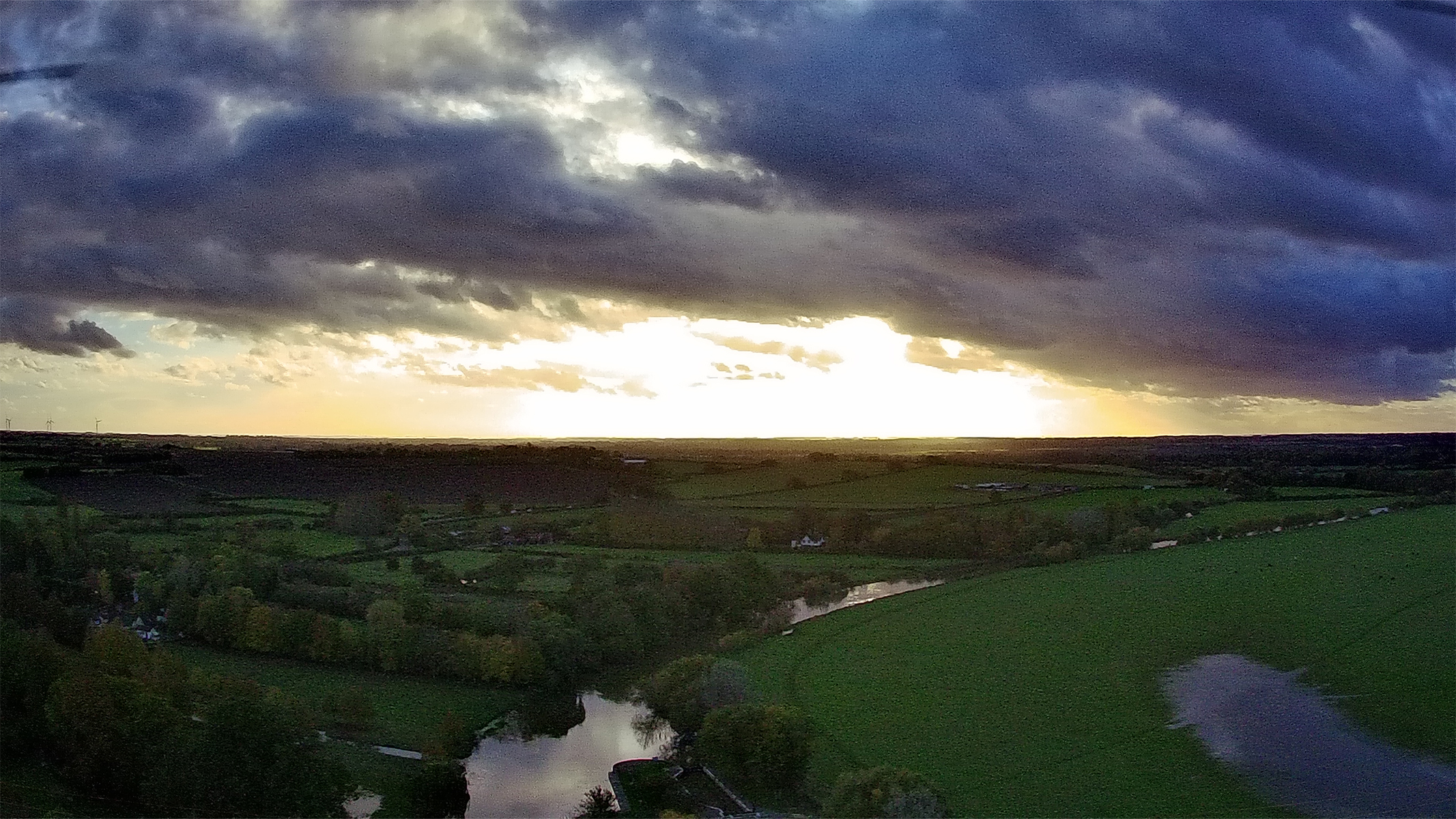

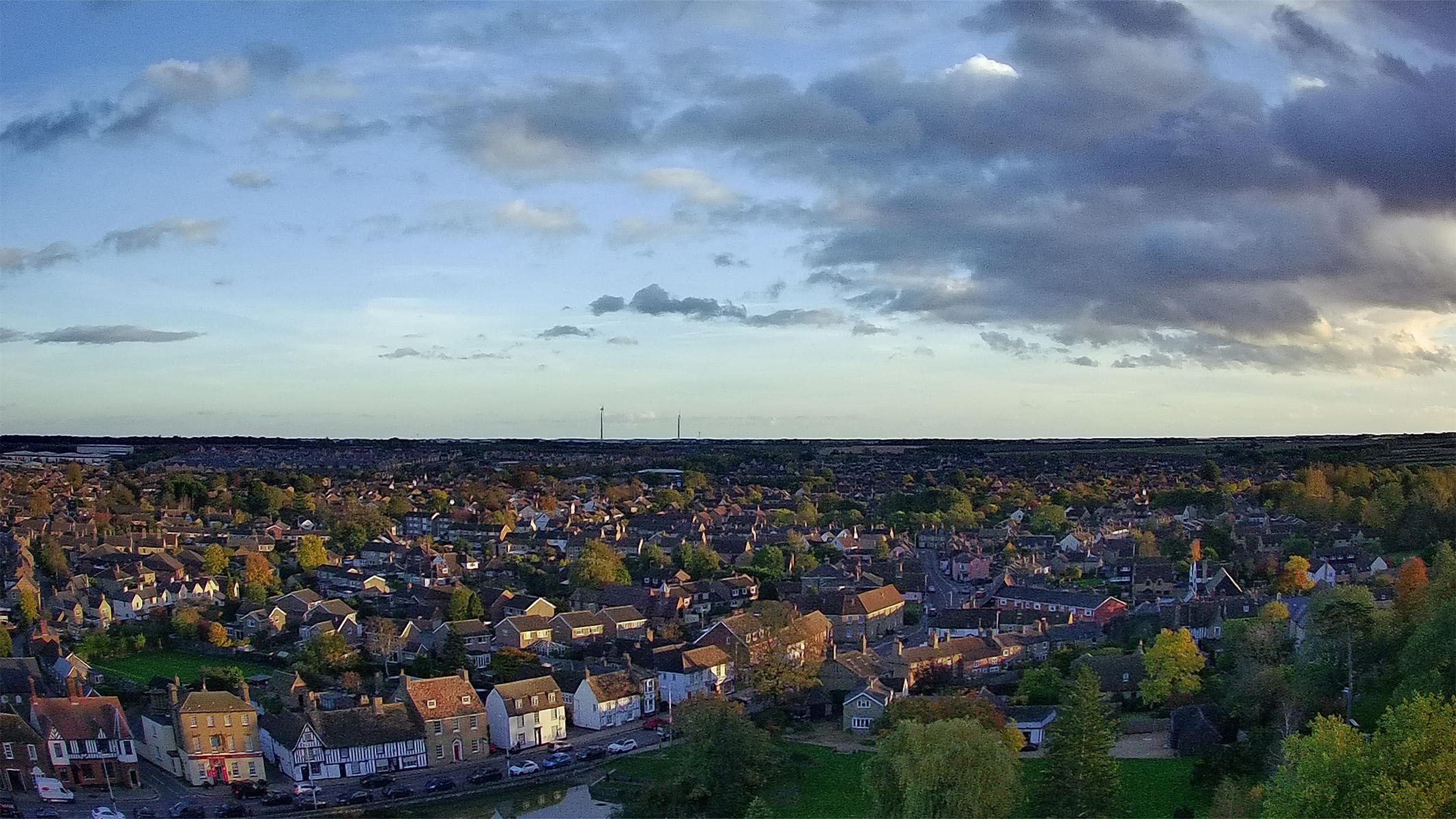
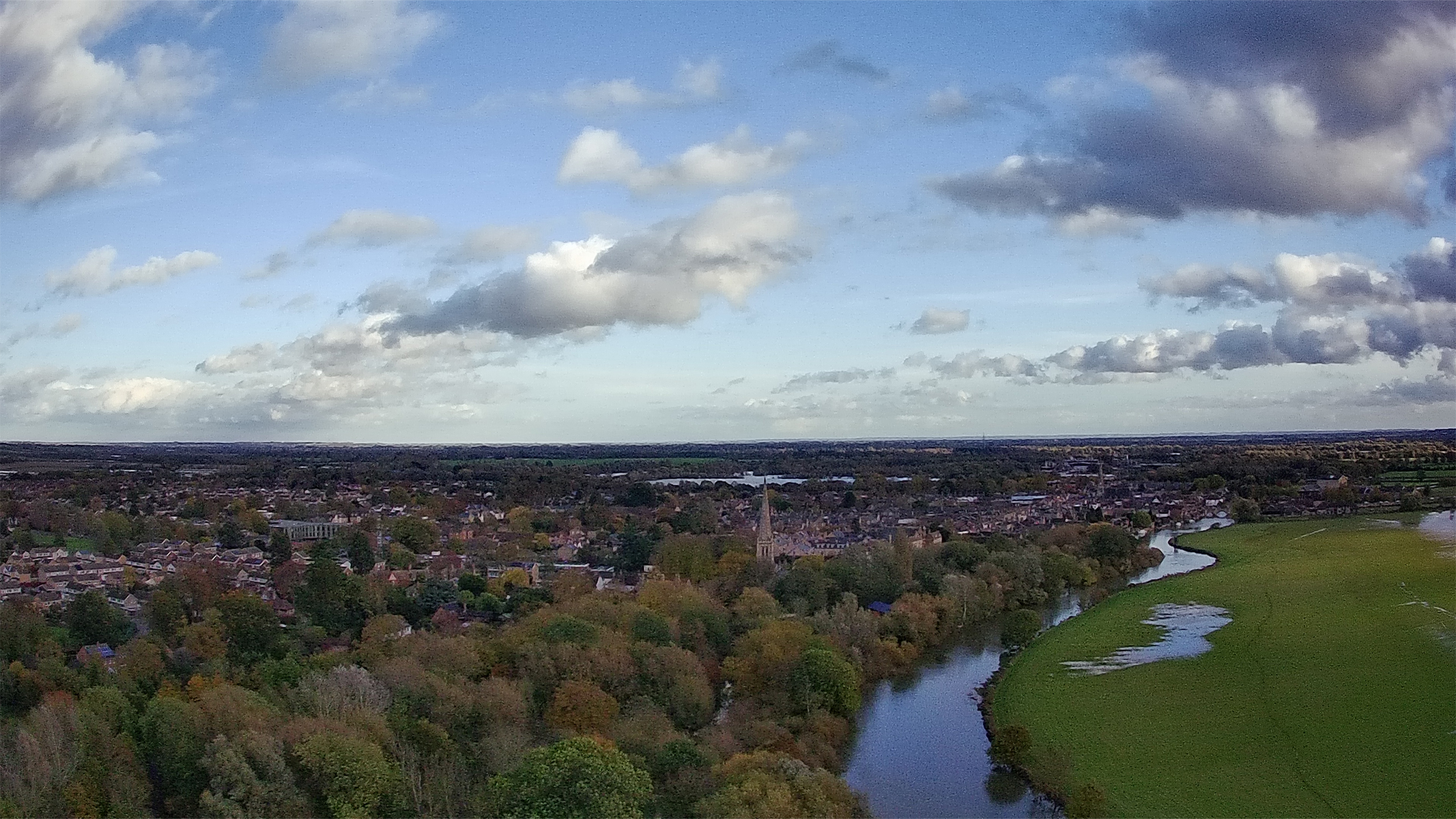
- Lackluster image quality
- 2-axis gimbal with electronic image stabilization
- Point-and-shoot camera
The exact specifications for the camera are unavailable, but the camera is capable of capturing 4K video at 30 fps and photos in JPEG format at 4K dimensions (3840x2160px) with the latter equating to an 8.3MP resolution. The camera is completely automatic so shooting is very much a point-and-shot affair. It's a shame that basic control isn't available, but the camera does handle exposure reasonably well.
The camera on the V11 is supported by a 2-axis mechanical gimbal and Electronic Image Stabilisation (EIS), and these work well in combination to produce smooth video footage if flight isn't too vigorous. The manual tilt of the camera/gimbal is difficult to control smoothly though, so it's best to compose the shot and keep the camera fixed rather than performing vertical pans to reveal and hide elements within a scene.
The gimbal can only be tilted between 0 degrees and -80 degrees, so it can't be pointed straight down at the ground. The angle of the tilt also determines how much barrel distortion is visible in images; the more the camera is tilted down the more distortion is present. Image quality overall is inconsistent at best and lurches from washed out and grainy, even at ISO 100, to heavy waxy-looking JPEG processing at the same ISO setting. Video quality is generally better than photo quality, but there's noticeable jello (wobble) in video if the drone is moving.
Ruko Veeniix V11: Cost
The Veeniix V11 is surprisingly expensive, with a list price of $630 /£506, and is more expensive than significantly better drones. The V11 does, however, come in a complete kit and overall build quality is good.
The kit includes the V11 drone, V11 controller, two intelligent flight batteries, two USB-C cables for charging, four spare propellers, three phone cables, a carry case, a landing mat and several other items. This is everything you need to fly in terms of hardware, so once everything is charged and you've followed local drone guidelines, you're ready to fly. You can also purchase additional batteries for $90 / £72 if you want to extend flight times.
Should you buy the Ruko Veeniix V11 drone?
There are several things to like about the Ruko Veeniix V11, but there are also several things to be frustrated about — namely image quality and flight performance in even moderate wind. The cost of the drone kit also feels that it's pitched too high, putting the V11 in direct competition with much more impressive drones.
If the V11 was less expensive it could be a great buy with performance across the board comparable with drone models that typically cost $300 / £240. Perhaps it's unfair to suggest this when it's impossible to know about research and development costs, alongside manufacturing costs, but from a consumer point of view, you can get better for less or at least the same price.
If the Ruko Veeniix V11 isn't for you
Two main drone models spring to mind as direct competitors to the V11 in terms of cost, but outperform the V11 in most areas. The DJI Mini 2 SE is DJI's most basic drone which is a sub-250 g model offering up to 2.7K video and the ability to capture photos in Raw and JPEG. The Fly More Combo includes three batteries and other accessories and is less expensive than the list price of the V11, but more expensive than the discounted price.
The other option is the Potensic Atom, which is also a sub-250 g drone but offers up to 4K video alongside being able to capture photos in Raw and JPEG, look out for our review of this shortly. The Potensic Atom Fly More Combo is also less expensive than the V11's discount price and is a tough competitor for the Mini 2 SE. Both the Mini 2 SE and the Atom provide manual control of the camera, with consistent flight performance and great build quality alongside their regulator-friendly sub-250 g weights.
We think the best beginner model available is the DJI Mavic Mini 3 — it offers superior image quality and a better flight experience.
Join our Space Forums to keep talking space on the latest missions, night sky and more! And if you have a news tip, correction or comment, let us know at: community@space.com.
James is an award-winning freelance landscape and portrait photographer, as well as a highly experienced photography journalist working with some of the best photography magazines and websites with a worldwide audience. He’s also the author of The Digital Darkroom: The Definitive Guide to Photo Editing. www.jamesaphoto.co.uk
Mars is covered in evidence of ancient lakes, rain and snow — but scientists aren't sure how that's possible
Planning on rewatching 'Revenge of the Sith' for its 20th anniversary? Here's why 'The Clone Wars' finale makes it a better movie
Mars orbiter snaps 1st image of Curiosity rover driving on the Red Planet (photo)
